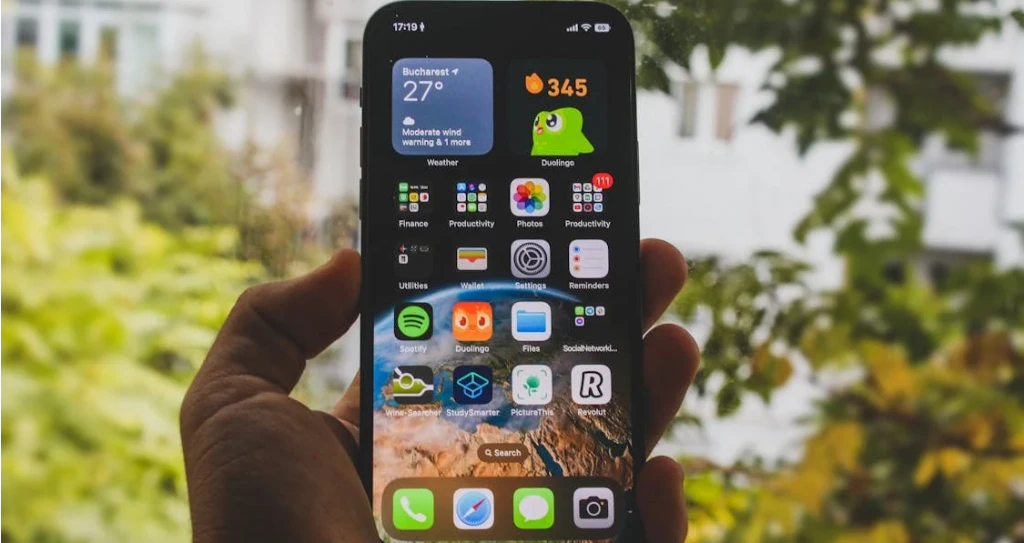Apple’s iPhone is getting a new look, but it will not be receiving a major AI update. Just like the rest of Apple’s operating systems.
The business unveiled Liquid Glass, a revamped user interface, at WWDC 2025. Its transparent, reflecting, and sparkling visual interface elements offer the software a more “glassy” appearance and feel.
Apple’s VR headset, the Vision Pro, served as the inspiration for the redesign. The interface designed for the spatial computing headset combines the design of the iPhone and other Apple products. This modification may also portend a future in which Apple’s software and operating system may be expanded to surfaces other than phones, tablets, and watches, maybe including augmented reality glasses.
The largest visual improvement to iOS, the software that powers the iPhone, since the switch from the original skeumorphic design to a flat design style in iOS 7 is the Liquid Glass interface, which was unveiled at WWDC by Alan Dye, Apple’s vice president of design.
The goal of skeumorphism was to mimic real-world things on the touch screen, such as a Notes app that resembled a yellow legal pad. This visual language was overturned by flat design, which favored more vibrant icons, basic shapes, clear lines, and a minimalist user interface.
A Control Center that resembled a frosted pane of glass was one example of how iOS’s flat design changed over time to include more glossy and semi-translucent layers.
The “optical properties of glass and a fluidity that only Apple can accomplish” are features of the Liquid Glass revamp, according to Dye.
According to the firm, the update will refract light, react dynamically to your movement, and make navigation and controls more clear. Furthermore, it will react instantly to your input and material, making the experience “more vibrant,” according to Dye.
Because it is translucent, the Liquid Glass display will act like glass in the actual world. Your content determines the screen’s color, which changes in light and dark conditions. Additionally, context menus expand into a scannable list when you scroll and tap, and alerts appear where you tap.
Both the program icons and the system experiences—such as the Lock Screen, Notifications, and Control Center—are influenced by the design.
According to the company, the new icons will have three modes: light, dark, and a new transparent option. They will appear to have been created using many layers of liquid glass.
Depending on the image on the screen, the time will dynamically change its weight, width, and height on the lock screen. It will display in a glassy San Francisco typeface. Additionally, the iPhone’s glass-like user interface complements its ability to convert your 2D photographs into spatial settings with 3D effects.
Liquid Glass is also used in the player controls when streaming from Apple Music, displaying fresh artist-provided animations that improve the playing experience. Spotify already provides this feature with their looping videos.
Other components, like as FaceTime and the Safari tab bar and its different controls, contain liquid glass.
Liquid Glass is not limited to iOS 26 on the iPhone. All Apple operating systems, including iPadOS 26, macOS Tahoe 26, watchOS 26, and tvOS 26, will soon support it.
Along with new APIs, developers will be able to use SwiftUI, UIKit, and AppKit to create apps with the new Liquid Glass materials.





Leave feedback about this